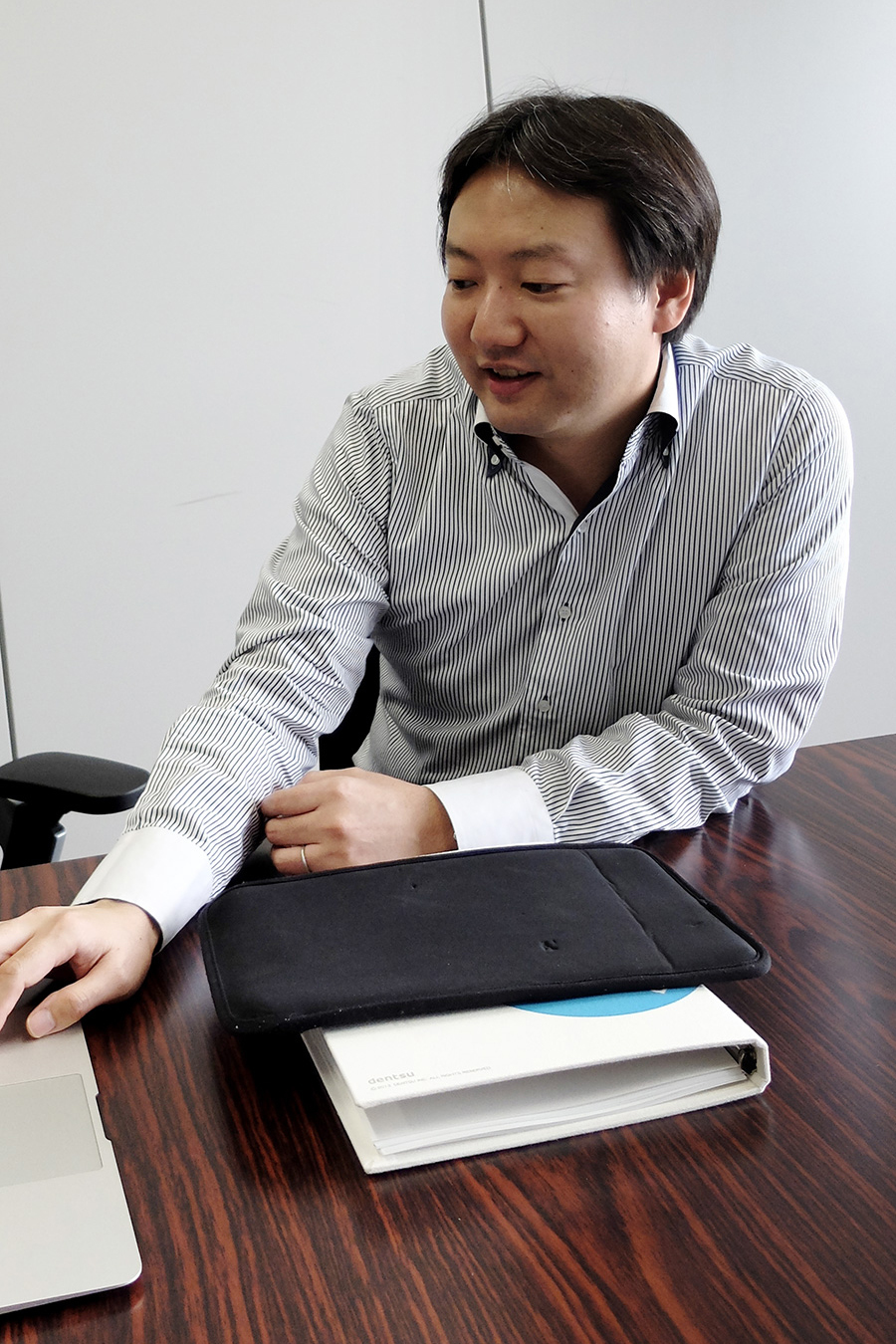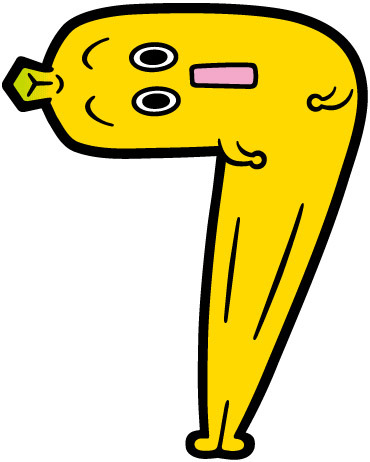Flexible and slightly off-kilter characters are strong

──How is the design development for corporate characters typically conducted?
We often handle creative development as a unit with Art Director Kentaro Itonori (Dentsu Inc., Creative Planning Division 3). He and I also handled the creative for "Ponta," which we discussed last time. Typically, we layer the art director's sculptural ideas onto my conceptual work and copywriting tasks like naming. Through this iterative process, we refine the final product, including establishing the character's worldview. It's not simply a matter of the art director drawing the character and it being finished. Corporate characters have concepts derived from communication strategies, which inform both the language and the design. Naturally, beyond the design development comes planning and production for various creative applications, including advertising expressions. This structure has therefore become essential.
Furthermore, I believe versatility and adaptability are crucial. You could call it the character's flexibility. For instance, avoiding excessive decoration or stylization makes it easier to use across multiple media—from physical products and animations to various sales points and mass media. Simplicity often works to its advantage as a recognizable symbol. However, within that simplicity, we must be careful to incorporate some kind of "edge" or "quirky trait" to ensure originality. The primary goal of corporate characters is to catch the public's attention, so I always consciously embed elements that feel slightly off, making people want to comment on them.
──Recently, you also worked on TV Tokyo's station character "Banana" (name currently being selected through a public contest).

The client approached us with the request to debut a new station character ahead of their 50th anniversary in 2014. Itojo and I are handling this character as well. To develop a character embodying TV Tokyo's stance of "creating programming distinct from other TV stations" – one with originality and distinctiveness – we began with competitive analysis.
During this process, we noticed that all the major network characters were animal-themed. This made us strongly conscious of pursuing a completely distinct design that wouldn't overlap with them, while also addressing the communication challenge of making TV Tokyo = "Channel 7" widely recognized. After much deliberation, we arrived at Banana! (laughs). You might think "Banana" is just a pun because 7 (nana) sounds like "banana" in Japanese? That straightforwardness is actually crucial as a foundation for simply linking the character to the company. Furthermore, characters based on easily recognizable motifs or motifs that are already beloved tend to foster greater affection and trust. I believe this is one reason why animal-themed characters are so prevalent. While avoiding animals this time, we felt the banana motif offered unexpected appeal for a TV station character. Plus, as a food widely enjoyed by people of all ages and genders, it perfectly matched the broad target audience of a TV station.
──The gimmick where the banana unexpectedly bends into a "7" is also effective.

If the "banana bending into a 7" idea hadn't emerged simultaneously, I might not have proposed this character. To establish "Channel 7," relying solely on the wordplay "banana = 7 (nana)" felt insufficient in terms of communication speed. Simply characterizing the fruit's shape would lack originality and memorability. This unprecedented, jarring movement became a major differentiator and selling point for the character.

──It seems merchandise has already been developed.
Actually, at the proposal stage, we suggested various ideas for character merchandise, like what kinds of items could be sold. Beyond the simple design expanding merchandise possibilities, the food setting also hints at expansion potential. Being able to visualize the reach when it hits the market during the planning stage is, I believe, an essential requirement for developing or selecting corporate characters.
Going forward, especially online, we'll likely see a continuous influx of new characters from both individuals and companies, creating a crowded landscape. Precisely in such an environment, the true value of corporate characters—those with strategic depth beyond mere cuteness—will shine through.
Was this article helpful?